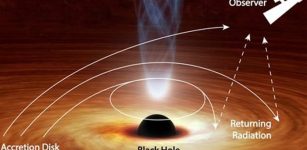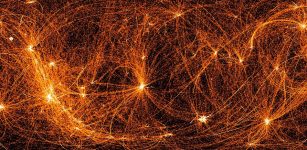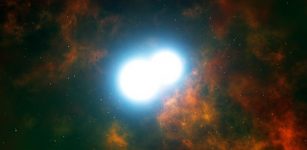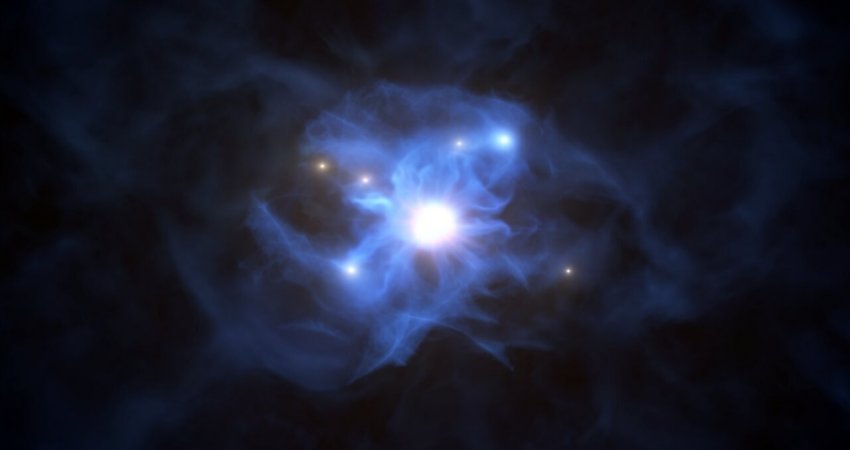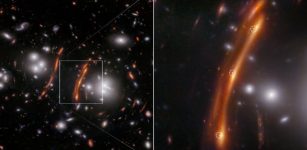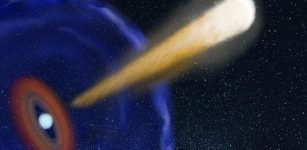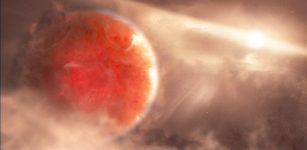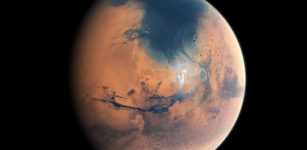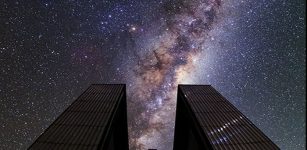NASA’s James Webb Space Telescope Will Study Jupiter’s Great Red Spot
MessageToEagle.com – NASA’s James Webb Space Telescope, the most ambitious and complex space observatory ever built, will study the Jupiter’s Great Red Spot to help scientists better understand the long-lasting phenomenon on the giant planet.
Jupiter’s iconic storm is on the Webb telescope’s list of targets chosen by guaranteed time observers, scientists who helped develop the incredibly complex telescope and among the first to use it to observe the universe. One of the telescope’s science goals is to study planets, including the mysteries still held by the planets in our own solar system from Mars and beyond.
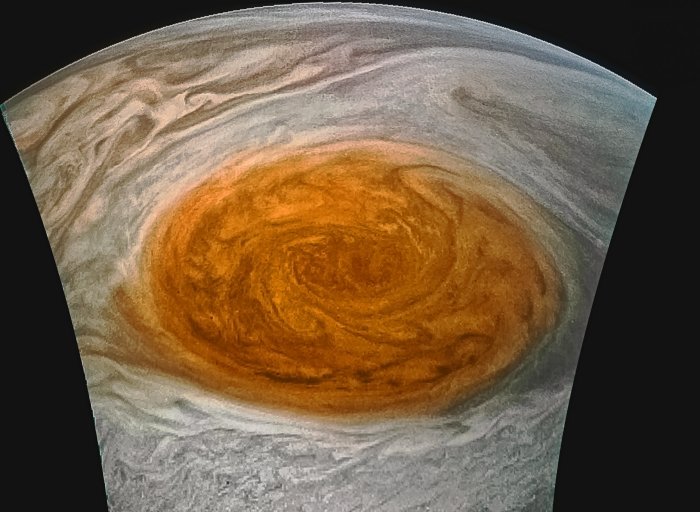
Leigh Fletcher, a senior research fellow in planetary science at the University of Leicester in the United Kingdom, is the lead scientist on the Webb telescope’s observations of Jupiter’s storm. His team is part of a larger effort to study several targets in our solar system with Webb.
“Webb’s infrared sensitivity provides a wonderful complement to Hubble visible-wavelength studies of the Great Red Spot,” explained astronomer Heidi Hammel, VP at AURA (the Association of Universities for Research in Astronomy).
“Hubble images have revealed striking changes in the size of the Great Red Spot over the mission’s multi-decade-long lifetime.”
The scientists will be able to observe infrared wavelengths that could shed light on what causes the spot’s iconic color, which is often attributed to the sun’s ultraviolet radiation interacting with nitrogen, sulfur and phosphorus-bearing chemicals that are lifted from Jupiter’s deeper atmosphere by powerful atmospheric currents within the storm.
“We’ll be looking for signatures of any chemical compounds that are unique to the [Great Red Spot]…which could be responsible for the red chromophores,” said Fletcher. Chromophores are the parts of molecules responsible for their color. Fletcher added,
“If we don’t see any unexpected chemistry or aerosol signatures…then the mystery of that red color may remain unresolved.”
Webb’s observations may also help determine whether the Great Red Spot is generating heat and releasing it into Jupiter’s upper atmosphere, a phenomenon that could explain the high temperatures in that region. Recent NASA-funded research showed that colliding gravity waves and sound waves, produced by the storm, could generate the observed heat, and Fletcher said Webb might be able to gather data to support this.
MessageToEagle.com

